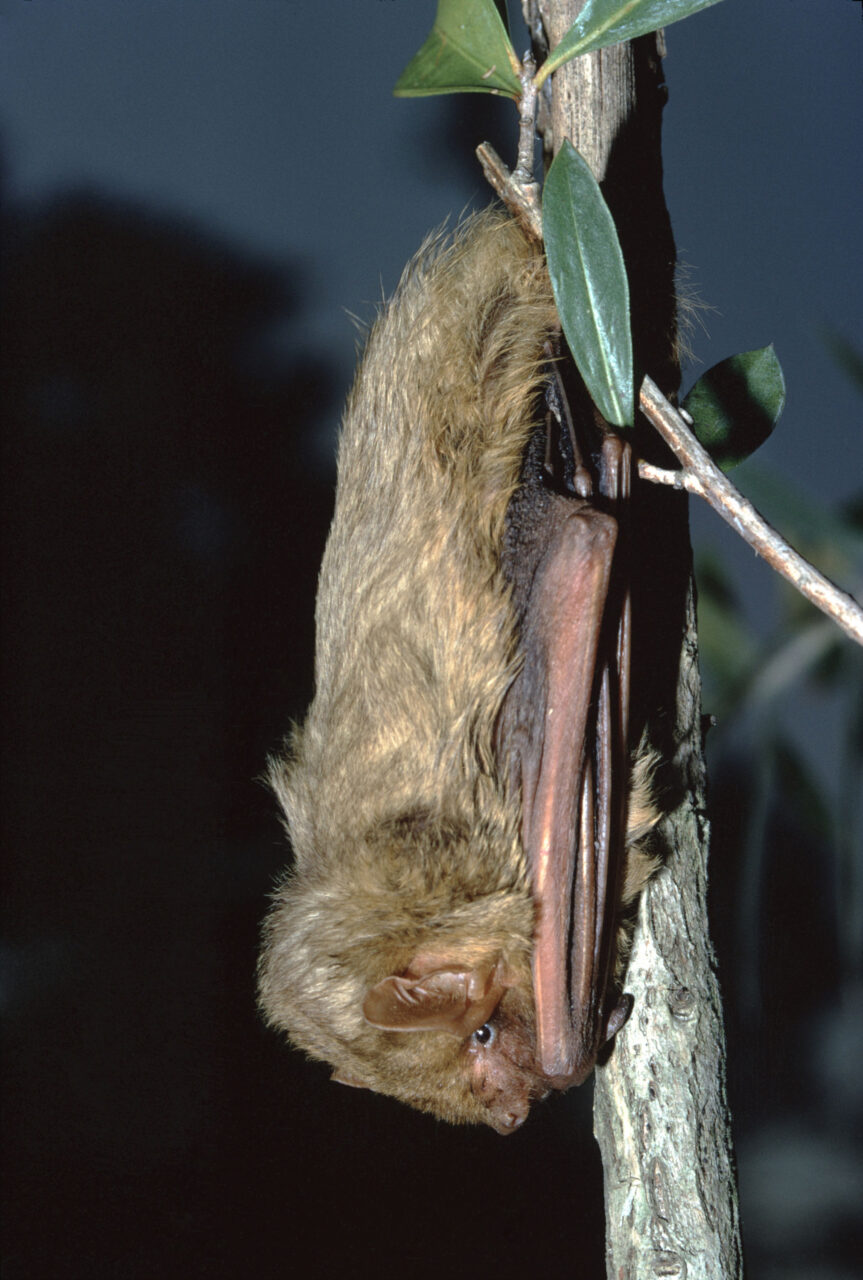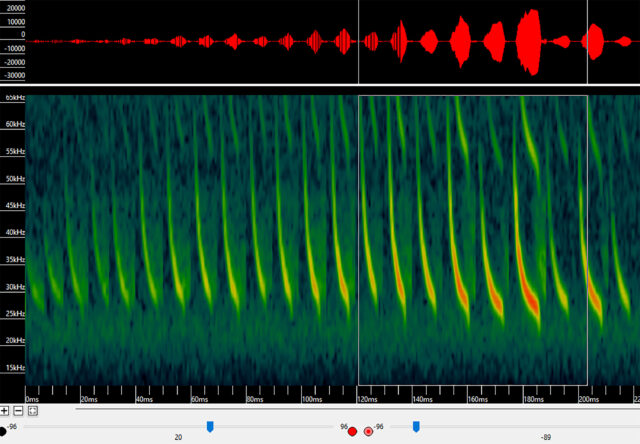Protecting the Tricolored Bat: Habitat Conservation and Regulatory Guidance

The tricolored bat (Perimyotis subflavus), one of North America’s smallest bat species, depends on a variety of habitats to thrive. Found in 39 U.S. states and the District of Columbia, the tricolored bat also ranges across four Canadian provinces, from the Great Lakes to the Atlantic Coast, and in parts of eastern Mexico, Belize, Guatemala, Honduras, and Nicaragua. Similar to other bat species, tricolored bats inhabit mature deciduous forests, stream corridors, and open successional wetlands. This mix of environments is crucial for the tricolored bat, providing essential shelter and food sources needed to prepare for the fall breeding season and winter hibernation. During winter, the tricolored bat typically retreats to deep caves or abandoned mines for hibernation.
However, the species is in critical decline. Over the past two decades, populations have plummeted to just 10 percent of their former numbers due to white-nose syndrome, a deadly disease caused by the fungus Pseudogymnoascus destructans. The fungus thrives in cold, damp conditions where bats hibernate for the winter, devastating bat populations across North America.
Potential Federal Endangered Listing
In September 2022, the U.S. Fish and Wildlife Service (USFWS) announced a proposal to list the tricolored bat as endangered under the Endangered Species Act (ESA) to address its alarming decline. After a review of scientific and commercial data on the species, the USFWS determined that designating critical habitat alone would be insufficient. Instead, the broader protections afforded by the ESA could offer a stronger chance of recovery.
The public comment period on the proposal closed on November 14, 2022, with over 200 comments addressing various stakeholder concerns. A final decision on the federal listing of the tricolored bat could occur by the end of 2024.
Tools and Guidance for Protecting Tricolored Bats
With the recent listing of the northern long-eared bat (Myotis septentrionalis) as endangered under the ESA and the likely listing of the tricolored bat, the USFWS has developed a final set of tools and guidance documents that will apply to both species if the tricolored bat is listed as endangered.
The tools include a revised Determination Key to assess potential project impacts on listed and proposed bat species, including the tricolored bat, as well as a step-by-step guide for navigating the consulting process. For projects involving wind turbines and forest management, additional guidance documents provide further options to avoid incidental take of tricolored bats. These resources are designed to support compliance efforts while protecting critical bat populations.
Preparing for Regulatory Changes
If your project falls within the tricolored bat’s range and is flagged by the USFWS Information for Planning and Consultation (IPaC) tool, the revised Determination Key provides a streamlined process for routine actions that are determined to have “no effect” on or are “not likely to adversely affect” the tricolored bat. These pre-determinations are supported with a consistency letter, and project proponents do not require further review or action for the species.

However, there are a variety of project types that are not eligible for pre-determinations and require further coordination with the USFWS. In these cases, habitat and/or acoustic surveys can help rule out the presence of tricolored bats, potentially avoiding restrictions. Habitat surveys can be performed on a site to determine if suitable habitat is present. If suitable habitat for tricolored bats is identified, acoustic surveys can be performed by trained professionals using advanced surveying equipment and federally approved diagnostic software to confirm the species’ presence or absence.
Projects located in areas where tricolored bats are active year-round will face additional tree clearing restrictions from December to February. In cases where tricolored bats are present and may be affected, implementing appropriate Minimum Conservation Measures (MCMs) will likely be required.
Early Action Is Key
With the tricolored bat’s endangered listing potentially on the horizon, early preparation is essential. Starting the regulatory process now—such as conducting acoustic surveys—can preemptively address habitat restrictions, minimize project delays, and provide clarity for decision-making.

About the Author
Jacob Johnston, MSSenior Environmental Scientist
With over 13 years of experience, Jacob is an ecologist specializing in providing in-depth, conservation-based land management and consulting services. His work spans diverse environments across New York State, including wilderness areas, farmland, and residential communities. Jacob excels in engaging with private landowners, staff, students, and the public to develop and implement effective ecological solutions.
As a GIS specialist, Jacob provides advanced project mapping and spatial analysis for a wide range of residential and commercial projects. His expertise includes invasive species management, habitat restoration and improvement, and smart-grid energy transmission modeling for large utility projects.